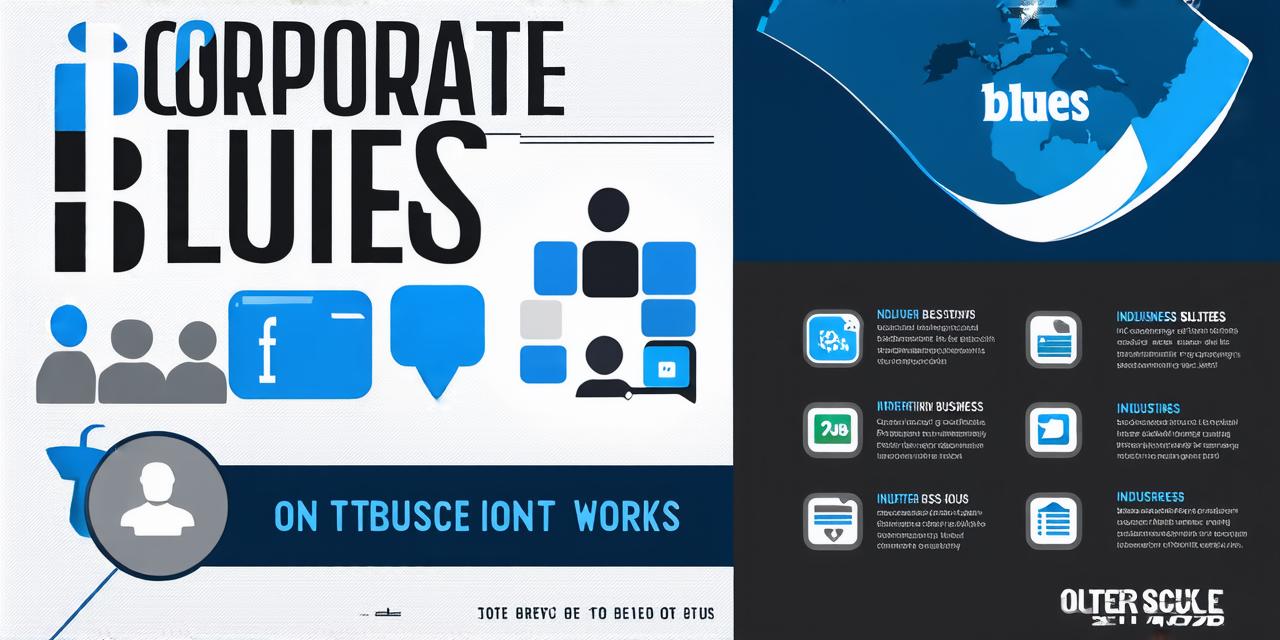Reasons why outsourcing is good
As businesses continue to grow and expand, they often find that their internal resources are stretched too thin to handle all of their operations. One solution that many businesses turn to is outsourcing – the practice of hiring external contractors or companies to perform tasks that would otherwise be done in-house.
Reduce Costs
One of the biggest advantages of outsourcing is the potential to reduce costs. By hiring external contractors or companies to perform tasks that would otherwise be done in-house, businesses can often save money on salaries, benefits, and other expenses associated with hiring full-time employees. Additionally, outsourcing can help businesses avoid the overhead costs associated with running an office, such as rent, utilities, and office supplies.
Increase Efficiency
Outsourcing can also help increase efficiency by freeing up internal resources to focus on core business activities. For example, if a company is outsourcing its accounting and bookkeeping functions, it can dedicate more time and resources to developing new products or expanding into new markets. This can ultimately lead to increased profitability and growth.
Improve Quality
Another benefit of outsourcing is the potential for improved quality. When a business outsources a task to an external contractor or company, it is typically doing so because that contractor or company has specialized expertise in that area. This means that the work being done is often of a higher quality than what could be accomplished in-house.
Increase Flexibility
Outsourcing can also increase flexibility for businesses. By hiring external contractors or companies to perform specific tasks, businesses can easily scale up or down as needed, depending on the demands of their operations. This can help businesses respond more quickly to changing market conditions and customer needs, which is critical in today’s fast-paced business environment.
Improve Customer Service
Finally, outsourcing can also improve customer service. When a business outsources its customer service functions to an external contractor or company, it is typically doing so because that contractor or company has specialized expertise in that area. This means that the work being done is often of a higher quality than what could be accomplished in-house.
Case Studies
One example of a business that has benefited from outsourcing is XYZ Corporation. XYZ Corporation was a small manufacturing company that found that its internal resources were stretched too thin to handle all of its operations. The company began outsourcing some of its production functions to external contractors, which allowed it to reduce costs and increase efficiency. As a result, the company was able to expand into new markets and ultimately grew significantly in size and profitability.

Another example is ABC Inc., a marketing agency that found that its internal resources were not equipped to handle the demand for its services. The company began outsourcing some of its production functions to external contractors, which allowed it to scale up quickly and meet the needs of its clients. As a result, the company was able to expand into new markets and ultimately grew significantly in size and profitability.
FAQs
Q: What are some examples of tasks that can be outsourced?
A: Some common tasks that can be outsourced include accounting and bookkeeping, customer service, marketing and advertising, production, and IT support.


















